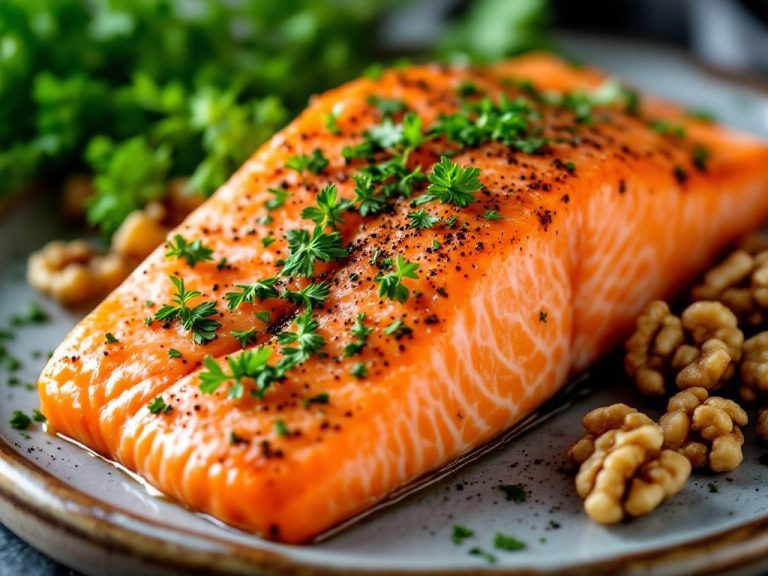Picture this: you’ve been dealing with pesky acne for what feels like forever. You’ve swapped skin products, tried every topical cream recommended by beauty gurus, and even embraced a more rigorous skincare routine. Yet, those stubborn breakouts persist. Ever wonder if your diet has an accomplice in this skin saga? Yep, we’re talking about the gluten skin impact. It’s time to dive into the fascinating, slightly mysterious relationship between gluten and acne.
**Understanding Gluten First**
Before we jump to conclusions, let’s get cozy with our primary suspect—gluten. Gluten is a group of proteins found in wheat and other grains like barley and rye. It’s what gives bread that chewy texture, helps dough rise, and, let’s face it, adds to that glorious pizza stretch we all adore. But for some folks, gluten isn’t all buddy-buddy. Instead, it becomes a sneaky adversary leading to a bunch of unwanted symptoms.
For those with celiac disease, gluten is a clear villain. Even small amounts can trigger a strong autoimmune response, wreaking havoc on the small intestine. Then we have gluten sensitivity, a bit of a more subtle foe. It doesn’t destroy tissue but can lead to discomfort and, as some believe, influence skin health.
**Gluten and Acne: What’s the Connection?**
Let’s kick off this conversation by addressing the burning question: Does gluten mess with your skin? The simple answer? It might. Still, the plot here is quite thick.
While there’s no direct scientific link categorically stating that gluten causes acne, some studies suggest a possible connection due to the inflammatory response triggered by gluten in sensitive individuals. Basically, if your body goes on the defensive against gluten, inflammation can spread and potentially manifest as acne.

When you chow down on wheat products, if your body sees gluten as the enemy, it might not just stop at attacking it in your gut—it could spread the drama to your skin. This inflammatory process is what prompts a lot of people to reconsider their relationship with gluten if they’re consistently struggling with acne and haven’t found peace with other remedies.
**Identifying Sensitivity Reactions**
So, how do you know if gluten’s messing with your skin beyond doubt? It all boils down to keeping an eye on your body’s clues. Some people report skin improvements when they switch to a gluten-free diet, while others might see no change at all.
A handy method is the elimination diet. Cut gluten from your equation and note any differences not just in your skin but your digestion, energy levels, and mood. Sounds like a tall order, right? But trust me, it’s worth a try if you suspect gluten could be your skin’s culprit.
Jumping off the deep pizza end is unnecessary. Start with a few simple swaps and monitor your skin. Did those little pimples heal quicker than usual? Perfect. Notice no difference after a month? That’s fine too. Diet detective work takes a bit of patience. And rest assured, there are delicious gluten-free alternatives today that even people without intolerances enjoy.
**Other Factors at Play**
Here’s where I circle us back to the reality check street—acne is rarely about just one thing. With or without gluten, numerous lifestyle factors contribute to our skin health. Stress, sugar intake, sleep quality—all play significant roles.
Let’s paint a picture: It’s Thursday, you had a killer meeting at work, so you celebrated with a slice of cake. You ended up staying late, nibbling snacks by your laptop and resumed a brisk party on your glowing screens till past bedtime. Next morning, a tiny guest pops up on your forehead. Was gluten the mastermind? Possibly, but so could stress or those guilty party snacks loaded with sugars. It’s key to see the bigger picture when evaluating skin impact.

**Easy and Actionable Gluten-Free Diet Tips**
Now, if you’re thinking of investigating this gluten-acne hypothesis further, there are easy ways to go gluten-free without sending your taste buds packing. A few swaps and substitutions will barely feel like a chore after a week or two. Don’t stress over perfection from day one. A mistake here and there is no scandal. Just learn and move on.
- Breakfast Kickoff: Instead of wheat toast, try rice cakes or gluten-free oats.
- Mid-Morning Munchies: Swap your cereal bars with nuts or fresh fruits. For a fuller snack, experiment with store-bought gluten-free options.
- Lunch Ideas: Ditch wheat for quinoa or brown rice, lending you fiber and other nutrients without the gluten fuss.
- Knowledge is Power: Read those food labels like you’re reading a gripping novel. Gluten can sneak into sauces and broths, dressed up as various terms like malt or modified food starch.
- Cook at Home: Playing chef in your kitchen can help you avoid gluten slip-ups. You have full control over what goes into your meals.
- Social Matters: Dining out? A quick scout of the menu before arriving will save you hassle, and forewarning the waiter about your gluten-free needs should put you at ease.
**It’s All In The Exploration**

Awareness is big here! Simply being informed about what goes into your body and how it could potentially impact your skin is responsible self-care. Once the gluten dust settles and you’re armed with observations from your personal trial and error, you might realize what a game changer dropping gluten acknowledges for your health.
In our journey, discussing gluten isn’t about demonizing a nutrient but embracing an introspective dietary practice that helps deciphers what truly fuels our best selves. Others might dizzy out enduring side topics before reaching skin revelations, much like this ramble of a piece, twisting and turning through rhetoric but each part helps illuminate the complete picture.
Remember though, while observing the gluten skin impact, don’t maroon yourself with ‘this means that’ assumptions. Body reactions differ, person to person. And talking this through with a health professional, particularly one who gets nutrition and skin dynamics, could cast clearer light ahead.
**Casual Conclusion: Keep Exploring**
Hey, let’s keep chatting with our bodies. Those little signals thrown our way could translate to broader skin success down the road. If gluten’s your culprit, adjusting diets might just be your next thriving chapter.
Keep it exploratory and keep peeling the layers off this gluten-acne mystery. Feeling stuck or overwhelmed? Connect with others, share experiences. Nobody’s truly solo navigating their skin scrapbook. Let conversations grow comforting fossils in the mind as we stroll ongoing, perhaps imperfect, yet ever interesting, roads to better skin.
Table of Contents
ToggleFrequently Asked Questions
Can gluten in skin care products cause a skin reaction?
Gluten in skin care products, applied topically, cannot enter your bloodstream through your skin due to the large size of the gluten particles. Therefore, it should not cause a typical systemic celiac reaction. However, if you accidentally ingest a gluten-containing topical product, it could cause a reaction depending on your sensitivity level[1].
What is Dermatitis Herpetiformis and how is it related to gluten?
Dermatitis Herpetiformis (DH) is a chronic skin condition caused by a reaction to gluten ingestion. It is characterized by extremely itchy bumps or blisters, often appearing on the forearms, knees, buttocks, and along the hairline. DH is closely associated with celiac disease, and symptoms typically resolve with a strict gluten-free diet[2][4].
Can a gluten-free diet improve other skin conditions?
Besides Dermatitis Herpetiformis, a gluten-free diet has shown to improve symptoms of other skin conditions such as psoriasis, atopic dermatitis, vitiligo, and palmoplantar pustulosis. While the exact mechanisms are not fully understood, many patients report significant improvement in their skin symptoms after eliminating gluten from their diet[3][5].
Can people with celiac disease or gluten sensitivity have skin reactions to non-gluten ingredients in skin care products?
Yes, individuals with celiac disease or gluten sensitivity can have skin reactions to other ingredients in skin care products, such as wheat, dyes, fragrance, lanolin, parabens, formaldehyde, and formaldehyde releasers. These reactions are not due to gluten but rather to other allergens or irritants in the products[1].
References







